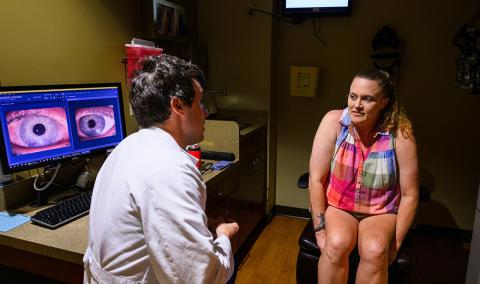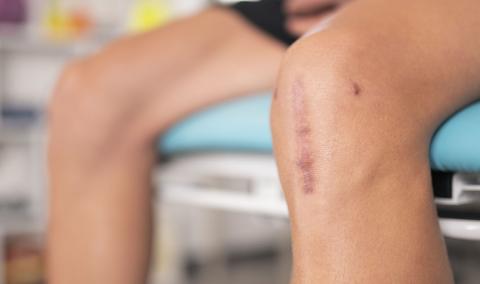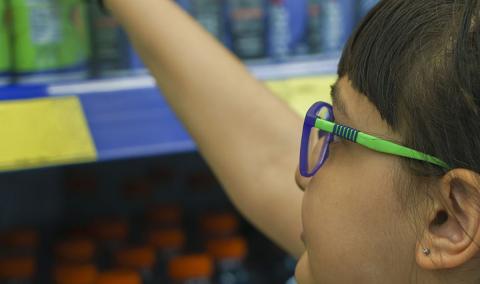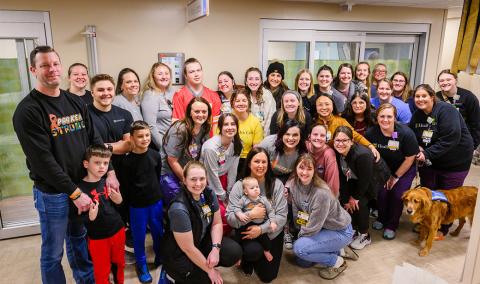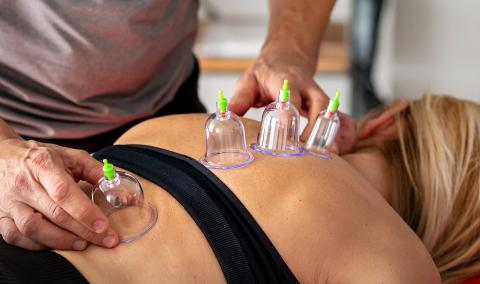If your child has a condition that prevents them from getting enough nutrition from eating and drinking, we can help. Our team-based clinic, led by pediatric surgeons, provides specialized care for kids with feeding tubes.
At Children’s Hospital, our pediatric surgeons are experts in placing and managing all types of feeding tubes. Most often, these tubes bypass your child’s mouth, delivering carefully formulated nutrients directly to their stomach. Known as enteral nutrition, this therapy helps your child maintain or gain weight in the hospital or at home.
Our pediatric surgeons can place most feeding tubes with minimally invasive surgery. We also care for patients who had tubes placed at other hospitals. While your child has a feeding tube, they’ll receive follow-up care from multiple specialists.
Does My Child Need a Feeding Tube?
Feeding tubes can provide nutrition for your preemie, infant or child if they have various medical issues and needs, such as:
- Anomalies of the digestive system
- Cerebral palsy or other neurological conditions
- Chronic vomiting
- Cystic fibrosis (CF)
- Failure to thrive (FTT)
- Metabolic disorders
- Recent abdominal surgery
- Risk of inhaling food (aspiration)
- Swallowing disorders
If your child has these or other issues affecting their ability to eat and drink, a feeding tube may help. Your pediatrician or other pediatric specialist may refer you to our pediatric surgeons to discuss your options. We can also provide second opinions if another provider has recommended a feeding tube for your child.
Types of Feeding Tubes at Children’s Hospital
All feeding tubes are made of thin, flexible silicone. Depending on your child’s condition, their tube may be placed in:
- The stomach
- The small intestine
- Both the stomach and small intestine
Our team can examine your child and discuss their medical history to determine the best approach to meet their needs.
Gastrostomy Tube (G-Tube)
A pediatric surgeon will insert a G-tube through the abdomen directly into your child’s stomach. We change G-tubes in our clinic, and we can show you how to change them at home.
Jejunostomy Tube (J-Tube)
Our team will insert a J-tube through the abdomen directly into your child’s small intestine (jejunum). We may recommend a J-tube if your child cannot break down food normally in their stomach. We can change your child’s J-tube in our clinic.
Gastrostomy-Jejunostomy Tube (GJ-Tube)
Like other feeding tubes, a GJ-tube goes directly into your child’s abdomen. Inside the body, it divides into two separate tubes: one going to the stomach and one going to the small intestine. The tube to the small intestine (J-tube) is used for feeding. The tube to the stomach (G-tube) may also be used for feeding or to release air.
Our Approach to Feeding Tubes for Kids
The outpatient, team-based gastrostomy clinic at Children’s Hospital is the only one of its kind in Central Missouri. Our team includes several specialists who understand how to care for kids with feeding tubes, including:
- Pediatric surgeons: Place the tube and oversee your child’s care.
- Nurse practitioners: Help manage your child’s care before, during and after tube placement.
- Gastrostomy tube/wound care nurses: Help ensure the feeding tube fits well and check your child’s skin. They will also educate you on feeding tube care and provide your supplies.
- Registered dietitians: Monitor your child’s nutrition and growth and adjust your child’s feeding plan as needed.
- Child life specialists: Provide support during exams or procedures in the clinic. Through distraction and other techniques, they can make your child more comfortable in the hospital.
During your first visit, we will take a thorough history of your child’s health, examine their condition and provide personalized recommendations based on their needs.








